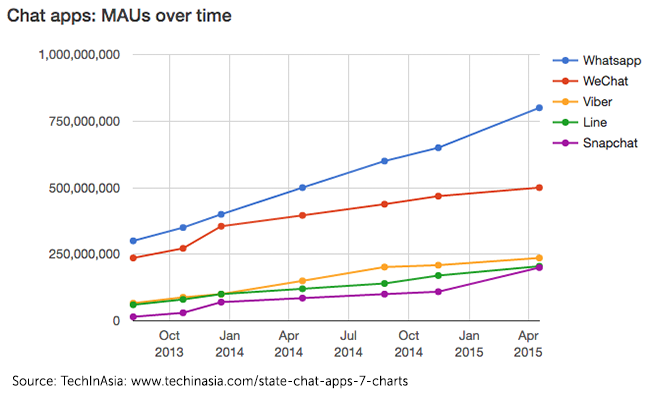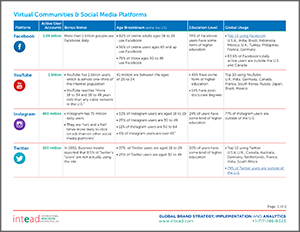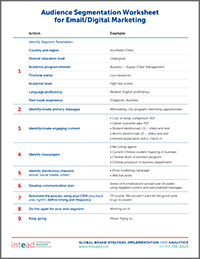In the international student recruitment landscape, we all know the importance of the Internet, digital marketing and connecting to your target audience (at least, we hope you do!). Part of the awe of the Internet is its ability to connect people from all over the world. And now, with more and more messaging apps, that connection can be fostered in real time.
In last week’s blog post, we discussed the importance of using social media as a virtual community. Determining which social media platforms are used in your target countries is important to reaching the students you want to recruit. The same is true for messaging apps, which can be an even quicker way to keep up with correspondence.
In today’s blog, Emily will share valuable information about these messaging apps (think WhatsApp, WeChat and others). And for a side-by-side comparison of these apps, download the worksheet below.
By the way—are you going to NAFSA in Denver? We will be presenting our latest research on how current global, economic and political events are impacting students’ plans to study abroad—you don’t want to miss this! And schedule a time to chat with us while you’re there!
Read More










